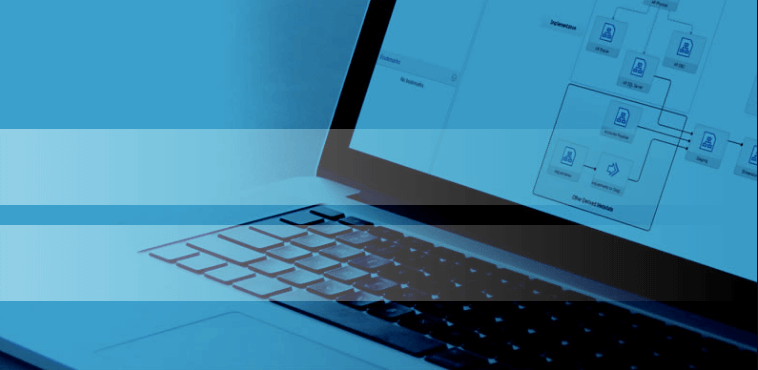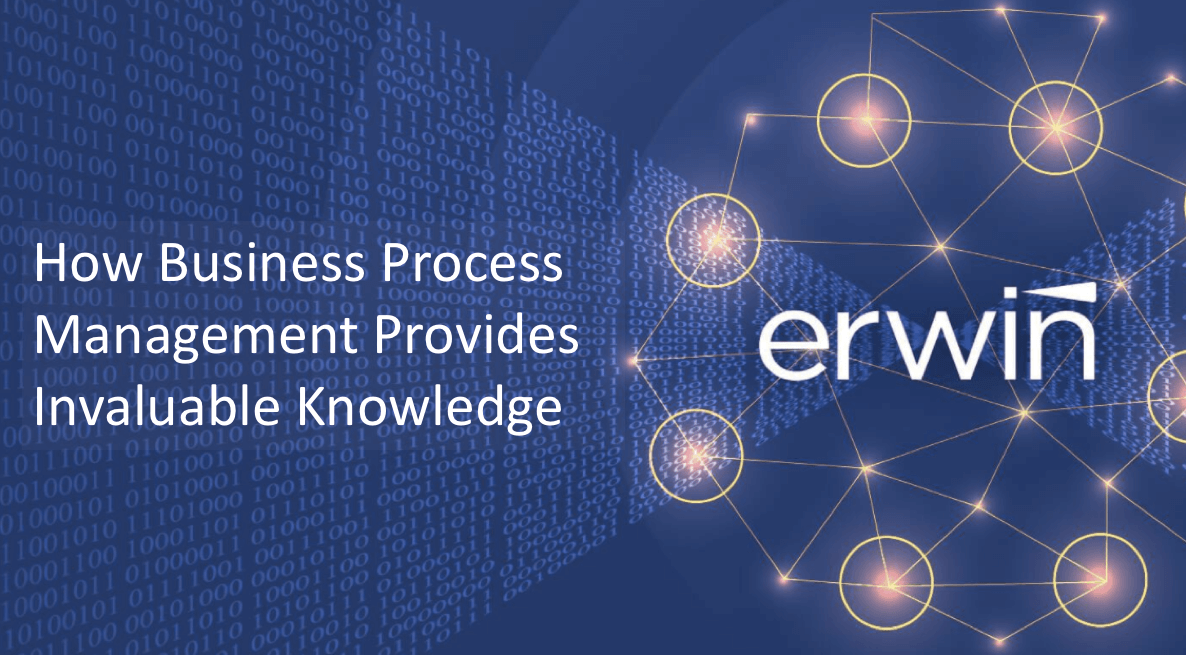Strong internal business process modeling and management helps data-driven organizations compete and lead
In short, an internal business process is a documented account of how things should be done to maximize efficiency and achieve a particular goal.
In the book “Exponential Organizations” by Salim Ismail, Michael S. Malone and Yuri van Geest, the authors, examine how every company is or will evolve into an information-based entity in which costs fall to nearly zero, abundance replaces scarcity and only “exponential organizations” survive.
It’s not news that exponential organizations like Uber, Airbnb and Netflix have flipped the script on disrupting traditional industries like taxis, hotels and video rentals/TV viewing.
But now, even traditional industries like healthcare and financial services, which were historically slow to innovate, are transforming at breakneck speed.
Let’s face it, in today’s hyper-competitive markets, the traditional approach of relying on legacy strengths or inertia for survival just simply won’t work.
The days of enterprises focusing almost exclusively on rigid structures, centralized management and accountability; concentrated knowledge; service mainly to external customers; and reactive, short-term strategy alignment driven mainly by massive-scale projects are antiquated.
The information within your organization’s internal business processes is where the data your company collects, creates, stores and analyzes actually transforms into something that makes your company go, hopefully for the long haul.
The Value of Internal Business Process Modeling
Organizations are built on a series of internal business processes. The complexity of modern data-driven organizations requires processes to work in tandem to create and sustain value.
The degree to which any individual internal business process drives value can vary, but even the most seemingly mundane processes are part of a collective sum, greater than its parts.
Therefore, it’s critical for organizations to map their internal business processes to understand how a given action relates to the organizations’ overall strategy and goals.
Such knowledge is at the core of exponential organizations. They understand how any given internal business process relates to value creation, making it far easier to assess what’s currently working but also identify areas for improvement as well as the potential for competitive differentiation.
Exponential organizations also are better positioned to respond and adapt to disruptive forces, such as 5G. This is because understanding what and how you do things now makes it easier to implement change in an agile manner.
5G Roadmap: Preparing Your Enterprise Architecture
How do you join the ranks of exponential organizations? And where do you begin your journey to becoming an information-based entity?
Attitude Adjustment
More and more organizations are realizing they need to adjust their traditional thinking and subsequent actions, even if just a bit, to gain strategic advantage, reduce costs and retain market dominance. For example:
- Structures are becoming more adaptable, allowing for greater flexibility and cost management. How is this possible and why now? Organizations are grasping that effective, well-managed and documented internal business processes should form their operational backbones.
- Business units and the departments within them are becoming accountable not only for their own budgets but also on how well they achieve their goals. This is possible because their responsibilities and processes can be clearly defined, documented and then monitored to ensure their work is executed in a repeatable, predictable and measurable way.
- Knowledge is now both centralized and distributed thanks to modern knowledge management systems. Central repositories and collaborative portals give everyone within the organization equal access to the data they need to do their jobs more effectively and efficiently.
- And thanks to all the above, organizations can expand their focus from external customers to internal ones as well. By clearly identifying individual processes (and their cross-business handover points) and customer touchpoints, organizations can interact with any customer at the right point with the most appropriate resources.
Benefits of Internal Business Process Modeling and Management
One of the main benefits of a process-based organizational engine is that it should be able to better handle outside pressures, such as new regulations, if they are – or are becoming – truly process-based. Because once processes (and their encompassing business architecture) become central to the organization, a wide array of things become simpler, faster and cheaper.
Another benefit is application design – the holy grail or black hole of budgetary spending and project management, depending on your point of view – is streamlined, with requirements clearly gathered and managed in perfect correspondence to the processes they serve and with the data they manage clearly documented and communicated to the developers.
Testing occurs against real-life scenarios by the responsible parties as documented by the process owners – a drastic departure from the more traditional approaches in which the responsibility fell to designated, usually technical application owners.
Finally – and most important – data governance is no longer the isolated domain of data architects but central to the everyday processes that make an organization tick. As processes have stakeholders who use information – data – the roles of technical owners and data stewards become integral to ensuring processes operate efficiently, effectively and – above all – without interruptions. On the other side of this coin, data owners and data stewards no longer operate in their own worlds, distant from the processes their data supports.
Carpe Process
All modern organizations should seize business process as a central component to their operations. Data governance as well, and cost management becoming a third driver for the enterprise machine. But as we all know, it takes more than stable connecting rods to make an engine work – it needs cogs and wheels, belts and multiple power sources, all working together.
In the traditional organization, people are the internal mechanics. These days, powerful and flexible workflow engines provide much-needed automation for greater visibility plus more power, stability and quality – all the things a machine needs to operate as required/designed.
Advanced process management systems are becoming essential, not optional. And while not as sexy or attention-grabbing as other technologies, they provide the power to drive an organization toward its goals quickly, cost-effectively and efficiently.
To learn how erwin can empower a modern, process-based organization, please click here.














